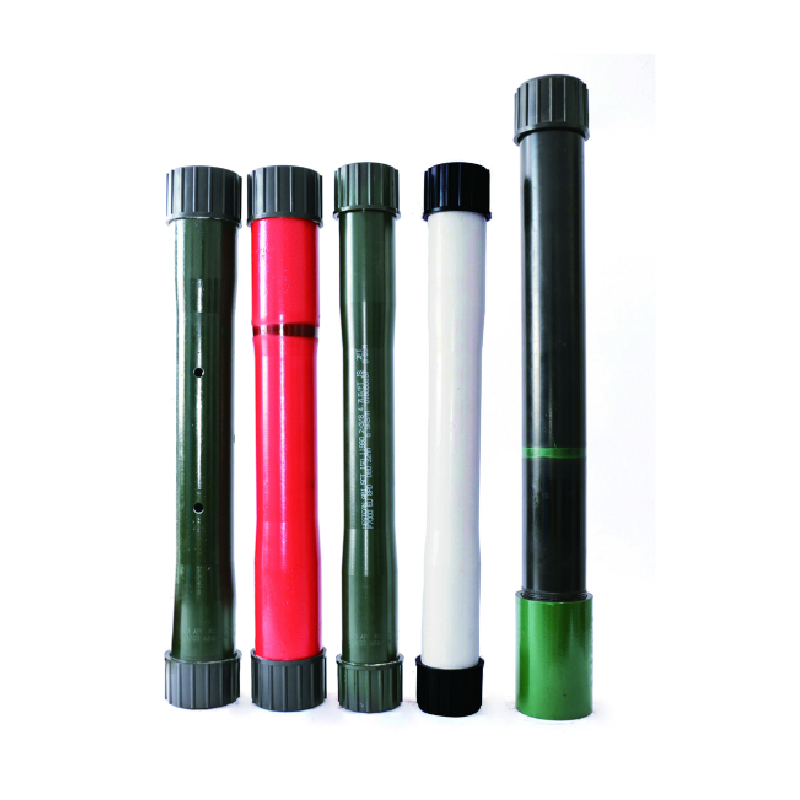- Afrikaans
- Albanian
- Amharic
- Arabic
- Armenian
- Azerbaijani
- Basque
- Belarusian
- Bengali
- Bosnian
- Bulgarian
- Catalan
- Cebuano
- Corsican
- Croatian
- Czech
- Danish
- Dutch
- English
- Esperanto
- Estonian
- Finnish
- French
- Frisian
- Galician
- Georgian
- German
- Greek
- Gujarati
- Haitian Creole
- hausa
- hawaiian
- Hebrew
- Hindi
- Miao
- Hungarian
- Icelandic
- igbo
- Indonesian
- irish
- Italian
- Japanese
- Javanese
- Kannada
- kazakh
- Khmer
- Rwandese
- Korean
- Kurdish
- Kyrgyz
- Lao
- Latin
- Latvian
- Lithuanian
- Luxembourgish
- Macedonian
- Malgashi
- Malay
- Malayalam
- Maltese
- Maori
- Marathi
- Mongolian
- Myanmar
- Nepali
- Norwegian
- Norwegian
- Occitan
- Pashto
- Persian
- Polish
- Portuguese
- Punjabi
- Romanian
- Russian
- Samoan
- Scottish Gaelic
- Serbian
- Sesotho
- Shona
- Sindhi
- Sinhala
- Slovak
- Slovenian
- Somali
- Spanish
- Sundanese
- Swahili
- Swedish
- Tagalog
- Tajik
- Tamil
- Tatar
- Telugu
- Thai
- Turkish
- Turkmen
- Ukrainian
- Urdu
- Uighur
- Uzbek
- Vietnamese
- Welsh
- Bantu
- Yiddish
- Yoruba
- Zulu
crossover drilling tool
Understanding Crossover Drilling Tools An Essential Component in Modern Drilling Operations
In the ever-evolving field of drilling technology, crossover drilling tools have emerged as crucial instruments that facilitate efficient operations in complex environments, particularly in the oil and gas industry. These tools serve a vital purpose in enabling seamless transitions between different drilling phases, making them indispensable for operators aiming to optimize productivity and reduce costs.
Crossover drilling tools are designed to connect different types of drilling equipment, most notably between the drill string and various downhole assemblies. This capability allows for quick and easy switching between different functionalities, such as drilling, casing, or reaming, without the need to pull the entire string out of the hole. In this article, we will explore the various types of crossover tools, their applications, and the advantages they present in modern drilling operations.
Types of Crossover Tools
There are several types of crossover drilling tools available in the market, each tailored for specific applications
1. Crossover Sub The crossover sub is perhaps the most common type of crossover tool. It allows for the connection of different threaded connections on the drill string and downhole equipment. Available in a range of sizes and configurations, crossover subs enable operators to switch between various drill bits and assemblies efficiently.
2. Crossover Bushing This tool serves a similar purpose but is used primarily in situations where there is a need to connect different diameters of equipment. Crossover bushings effectively bridge the gap between varying sizes of drill strings and components, ensuring a snug fit and preventing leaks or failures.
3. Crossover Adapters Crossover adapters are designed to facilitate the connection of components that have incompatible mechanical interfaces. By allowing operators to use existing equipment without modification, these adapters contribute significantly to reducing costs and minimizing downtime.
Applications of Crossover Drilling Tools
crossover drilling tool

Crossover tools find applicability in various drilling scenarios, from rotary drilling to directional drilling and horizontal drilling. Their versatility makes them especially valuable in complex wellbore geometries and multi-zone completions, where the ability to switch between different tools with minimal time and cost implications is paramount.
For instance, during a drilling operation, a crossover sub can be used to replace a drilling bit with a larger reaming tool without having to pull the entire assembly out of the well. This capability significantly reduces the non-productive time (NPT), which is often a major cost driver in drilling projects. Additionally, in circumstances where operators encounter unexpected geological formations, crossover tools enable quick adaptation to changing conditions, thereby enhancing operational efficiency.
Advantages of Crossover Drilling Tools
The advantages of using crossover drilling tools are substantial, particularly in today's competitive oil and gas landscape
1. Time Efficiency The ability to switch tools quickly and efficiently leads to reduced downtime, which translates into significant cost savings for operators.
2. Cost-Effectiveness By allowing the use of existing equipment, crossover tools minimize the need for extensive inventory management, thereby lowering operational costs.
3. Operational Flexibility Crossover tools enhance the flexibility of drilling operations by accommodating various sizes, types, and functionalities of drilling equipment.
4. Safety Improvements By reducing the number of times equipment must be pulled from the well, crossover tools contribute to enhanced safety measures, as fewer operations lead to less exposure to potential hazards.
In conclusion, crossover drilling tools have proven to be essential in modern drilling operations. Their ability to facilitate seamless transitions between different phases of drilling not only maximizes efficiency but also considerably reduces costs and enhances safety. As the industry continues to face challenges associated with complexity and cost management, the role of crossover tools is likely to grow, supporting operators in their quest for optimized performance in an increasingly demanding environment. Understanding and utilizing these tools effectively will be key to the success of future drilling endeavors.
-
Well Casing Extension Couplings – Applications and InstallationNewsJun.06,2025
-
Types of Crossover Subs in Drilling & CompletionNewsJun.06,2025
-
Key Features of High-Quality Tubing Pup JointsNewsJun.06,2025
-
Installation and Maintenance Tips for Steel Couplings for PipeNewsJun.06,2025
-
How to Select the Right Pup Joint for Oil & Gas OperationsNewsJun.06,2025
-
Applications of Stainless Steel Pipe CouplingsNewsJun.06,2025







